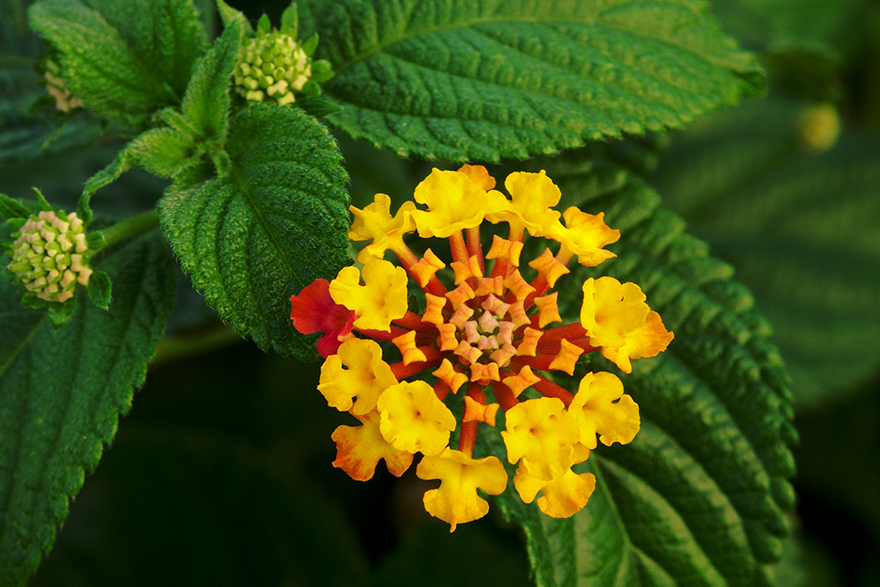Organic Lantana Essential Oil
Science is finding alternative treatments to handle bacteria that are resistant to typical drugs hospitals are now using. One of the most promising study results so far is Organic Lantana Essential Oil compounds, or the Lantana Camara L. plant, known commonly as red sedge, which forms of bacteria tested are not resistant to.
An article published by the International Journal of Scientific and Research Publications in March 2015 reviews these studies and the process of antimicrobial activities of Lantana carmara Linn, leaf extracts. The scientific analysis method using broth microdilution determines the minimum inhibitory concentration, or MIC, for stopping different bacteria known to cause disease.
Salmonella, a bacteria found in contaminated foods, Stephylococcus, a bacteria that causes infections, E.coli a bacteria that attacks the intestines, are some of the common microbes science hopes to control with herbal essential oil concentrates. This study was a continuation of the previous baseline studies screening varying concentration effects of Lantana camara L., leaf fraction and essential oil.
Using freshly harvested Lantana leaves, this study found petrochemicals that are actively responsible for beneficial broad spectrum antimicrobial plant products useful for creating drugs that can address current problems of resistance in bacteria that cause disease in humans and other animal species. Eighteen very useful medicinal compounds were found in each tested sample of Lantana essential oil comprising 100 percent of the harvested plant matter.
History and Folk Medicine Using Lantana camara L.
Lantana camara is found growing naturally in the American tropical climates, the countries along the Pacific rim, Central and South America and the West Indies. Some part of the Lantana plants are used for medicinal benefits, and other parts are non-medicinal. Folk medicine in remote areas like Nigeria, West Tropical Africa, and other poorer nations already use essential oil from the Lantana camara growing wild in their areas to treat chest ailments, high blood pressure, and many illnesses requiring antibiotic therapy.
Pacific Island nations boil Lantana leaves and apply them directly to infected areas of the body, soothing pain, swelling, and as an astringent to clean out infection and skin ulcers. Modern world applications of the Lantana camara essential oils aid as an astringent, “alkaloidal fractions”, lower blood pressure, and to accelerate deep respiration.
Non-medicinal uses for this plant include using Lantana camera hedge plant stalks as a raw material to manufacture sustainable paper pulp for writing, wrapping and newsprint paper.
Gardens are vibrant with a variety of colors of Lantana blossoms all year long, attracting hummingbirds and butterflies. The berries are very toxic when not fully ripened. These berries can make animals that ingest them very ill. Keep puppies and other animals away from Lantana plants in your gardens.

